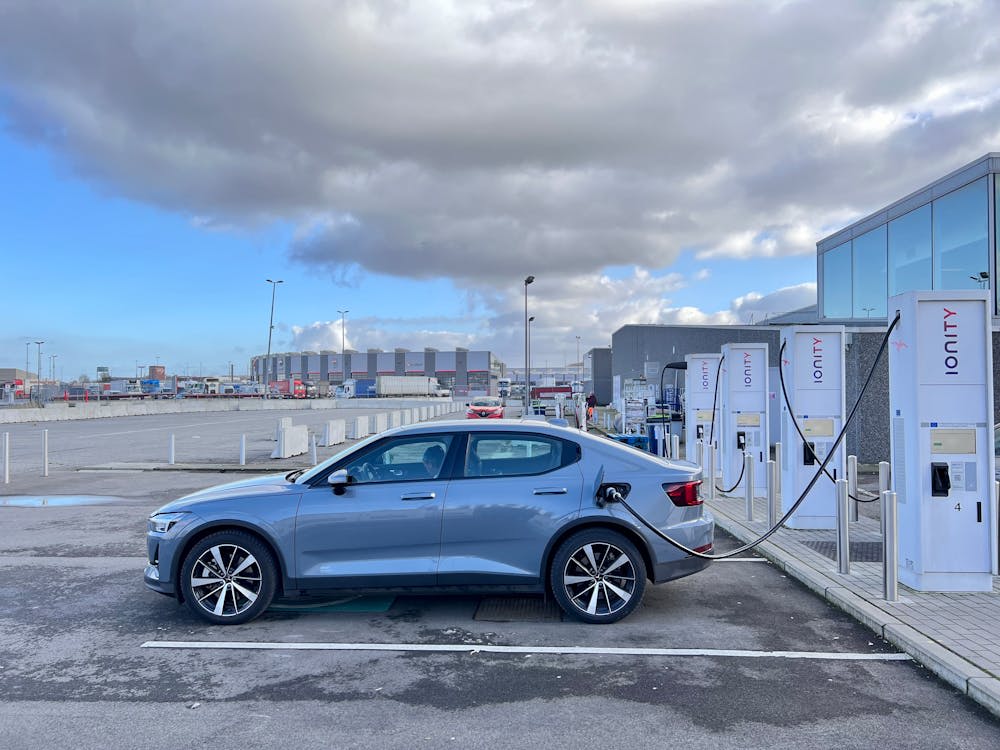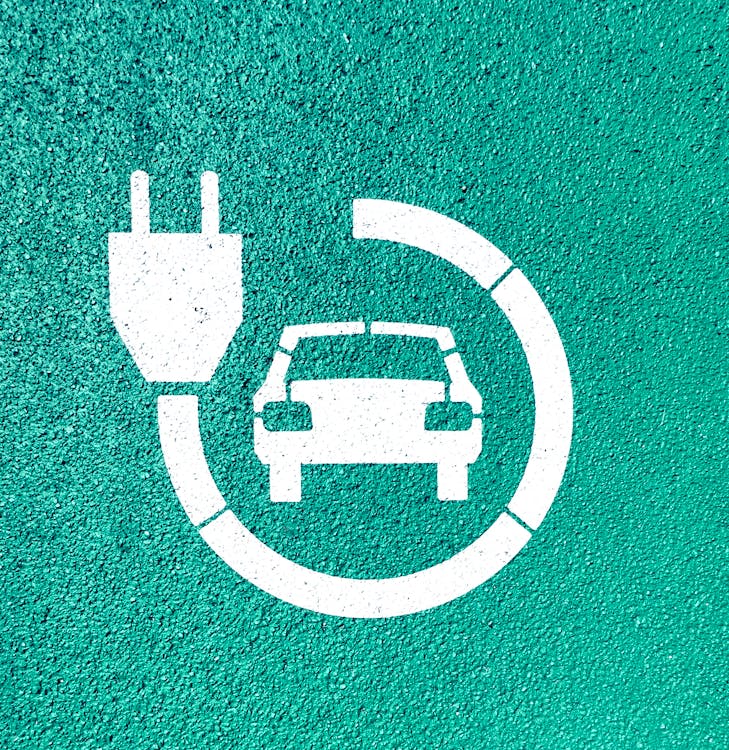The 7 Things You Should Consider Before Buying An Electric Car In Nairobi, Kenya

Table of Contents
- Understanding Electric Vehicle Range
- Charging Network Availability
- Differences Between Home and On-the-Road Charging
- EV Driving Experience
- Incentives and Facilities for Electric Vehicles
- Battery Life
- Resale Value of Electric Vehicles
Understanding Electric Vehicle Range
When deciding how much range you need for an electric vehicle (EV), there’s no simple answer. Some drivers might overestimate their range needs, while others might require more than they expect. Ideally, with an EV, your home functions like a petrol station: you charge the car every night, so you always start the day with a full battery.
There are several factors that could lead you to require more range than you initially think. For instance, EV manufacturers often recommend charging the battery to only 80% or 90% regularly to preserve battery life, saving a full 100% charge for longer trips. Also, you should avoid letting the battery drop
below 10% to extend its longevity.
Drivers who habitually use DC fast charging and frequently let their battery drop to zero will likely degrade their battery faster than those who regularly charge at home and only to 80%. The amount of range you need will depend on your driving habits, the conditions in which you drive, and your access to home or public charging stations. For most city drivers, a range of 200 to 350 kilometers
is ideal, as this will allow for charging every couple of days. However, if you drive long distances, reaching up to 400 kilometers in a day, you’ll want an EV with a larger battery.
Charging Network Availability
When buying an electric vehicle, it’s crucial to consider the availability of charging stations. Even if you have a home charging station, you may still need to rely on public charging points, especially if you frequently drive long distances.
There are currently four public charging stations in Nairobi:
- Huldah Furnished Apartments, off Ngong Road.
- The Waterfront Mall in Karen.
- Next to Jumuia Parking Lot on Rose Avenue, off Lenana Road.
- Two Rivers Shopping Mall.
Be sure to research charging stations near your home and along your most commonly traveled routes before purchasing an EV.
Differences Between Home and On-the-Road Charging

Unlike traditional cars, where fuel availability is consistent and easy to access, electric vehicles have varying charging times based on where and how they are charged. Understanding how quickly you can recharge your EV can make a significant difference in your overall experience.
Charging levels include:
- Level 1: This involves plugging into a standard 120-volt household outlet, but it’s slow, typically adding just 4-8 kilometers of range per hour, making it impractical for modern EVs.
- Level 2: This requires a hardwired installation (240 volts), which is more expensive but significantly faster, particularly if your car supports higher amp levels.
- DC Fast Charging: Available at public stations, this is the quickest charging option, capable of adding significant range in a short time. However, it’s expensive and not recommended for frequent use due to the potential for battery degradation.
EV Driving Experience
One of the key attractions of EVs is the driving experience. Electric motors provide instant torque, offering rapid acceleration. EVs don’t require traditional transmissions, so there’s no waiting for downshifts or gear changes like with a conventional car. If you opt for an all-wheel-drive (AWD) electric vehicle, you’ll often have dual motors, one for each axle. This setup generally makes AWD EVs faster than two-wheel-drive versions, though the additional motor may reduce range.
Incentives and Facilities for Electric Vehicles
Though incentives for purchasing EVs vary from region to region, they often go beyond simple tax rebates. In Kenya, while the government currently doesn’t offer direct rebates or incentives for individual EV buyers, Toyota Kenya has introduced three electric vehicles: the Dolphin (hatchback), Atto 3 (SUV), and Seal (sedan). The Dolphin, comparable to a 1300cc Toyota, costs around 13 million KES,
significantly more than a traditional 1300cc petrol car, which costs approximately 4 million KES. For more details about these vehicles, visit CFAO Mobility to make an enquiry.
Battery Life
The battery is one of the most critical and expensive components of an EV. Depending on the model, batteries typically last between 150,000 and 300,000 kilometers. However, over time, their capacity diminishes.
Most manufacturers offer warranties of 8 years or more on the battery, ensuring replacement or repair in the event of significant degradation. Additionally, check the vehicle’s battery management technologies, which can impact battery longevity and overall performance.
Resale Value of Electric Vehicles
The resale value of EVs can be unpredictable due to the rapidly evolving market. Models with greater range and updated technology tend to retain their value better. However, older models with outdated features might depreciate faster.
Given the still-small market for second-hand electric vehicles, resale prices can be higher than those for conventional internal combustion engine (ICE) cars, making them less accessible to some buyers.
By considering these factors, you'll be better prepared to make an informed decision when purchasing an electric vehicle in Kenya.
Remember If you’re looking for a quick and reliable financial solution, contact us through our contact form, call us on +254791573231 or visit one of our branches to explore financial opportunities. We are the bridge to help you achieve your business goals with the right financial support.




Comments ()